When and How to Clean a Sealable and Reusable Top-Up Container
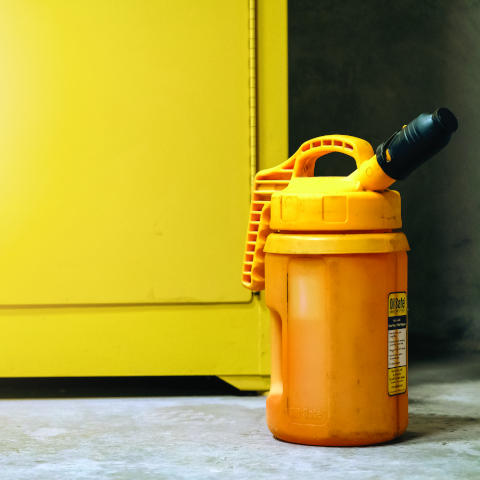 What is an S&R Container?
What is an S&R Container?
A sealable and reusable (S&R) container assists in contamination prevention when topping up most normal-sized reservoirs. I say most because an S&R container isn’t practical in some cases, such as larger hydraulic reservoirs and circulating systems (these would be better suited for indirect filling from a barrel by way of filter or transfer cart). I wanted to write this to serve as an unofficial guide on why, how, and when to clean these containers.
New Oil is Not Clean Oil
If S&R containers are best practice when it comes to preventing contaminant ingression during top-ups, why would I have to clean them still? Well, the answer is simple new oil is not clean oil. I often use the practical experiment of going to the back of an O’Reilly’s or Wal-Mart and looking at the bottom of a five-quart jug of new oil. Hold the jug up to the light and observe all of the sediment in this brand-new oil that has settled to the bottom of the jug while in storage. This will show you that an unused, clean container can still introduce potential contaminants into your machine. Now, if your facility is utilizing a bulk tank system that filters the oil into and out of the bulk tank, then you are likely to have cleaner oil and the frequency with which containers need to be cleaned will be reduced.
Why Am I Cleaning a “Clean” Container?
Generally, these containers rarely get cleaned. We visit sites all over the world and have seen just about every container on the market in use. There isn’t a single container that maintains absolute cleanliness throughout its life. No matter the bulk tank system or method of transferring oil to these containers, somewhere in the process, contaminants always find their way in. This is why we usually recommend a thorough cleaning once a month on higher-use containers and once a quarter on lower-use containers. This is important when the facility is tracking cleanliness targets through oil sampling utilizing the ISO Standard 4406:99 Cleanliness Code. According to this standard, a code number is assigned to particle count values derived at three different micron levels: greater than 4 microns, greater than 6 microns and greater than 14 microns. For example, it will look like this: 18/16/13, 19/17/14, etc.
Excluding Future Contaminants
Once the S&R container is thoroughly cleaned and returned to service, like any aspect of lubrication, maximum effort must be put towards preventing contaminant ingression. This includes maintaining the cleanliness of the transfer wands, bulk tank dispensing spouts and quick connects that may be utilized to refill these containers. Oftentimes, even if the oil is filtered in and filtered out of the bulk tank systems, it is the dispensing tool that introduces the contamination into the container and lubricant. This goes back to lube room cleanliness; if the lube room is all grimy and dusty, then there is a likely chance that the dispensing tools will collect that dust and grime. When it comes to lubrication, the three most important words any lube tech could remember are, in order of importance, “CLEAN, COOL, and DRY.” Print those words out on paper and hang them up all over the lube room. Even though it is a tedious task in a sea of other maintenance priorities, trust me when I say that if your lubricant stays clean, your job will be so much smoother in the long run. The machines will run better, the plant will run better, and the technicians will have a more complete and organized strategy moving forward.
How to Clean a Sealable and Reusable Container
The importance of cleaning S&R containers doesn't mean that doing so has to be time-consuming or hard. With a few cleaning materials and a well-defined procedure, these containers can quickly and easily be cleaned and returned to service.
Materials and Tools Needed
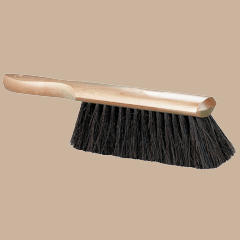
Brush
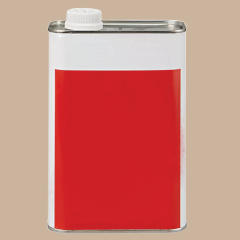
Cleaning Solvent (mineral spirit)
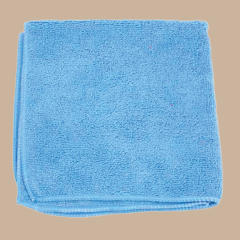
Lint-free Cloth
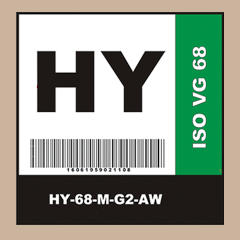
LIS Labels

Permanent Marker
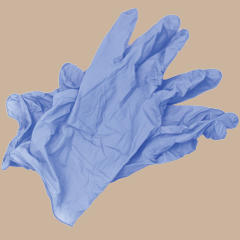
Gloves
Cleaning Procedure
Take the top-up container to the appropriate cleaning station and remove the dispensing top.
Remove any residual lubricant and drain into the proper waste oil container.
Clean interior and exterior thoroughly with a sponge and soapy water. A mild detergent or solvent may also be used. Rinse through all hoses, pumps, extensions, and nozzles to ensure it is fully clean. Rinse out all soap or detergent residue.
Wipe out interior and exterior with a lint-free rag until dry.
Check the labeling on the outside of the container and replace it if it has become damaged or is hard to read.
Return the container back into service.
